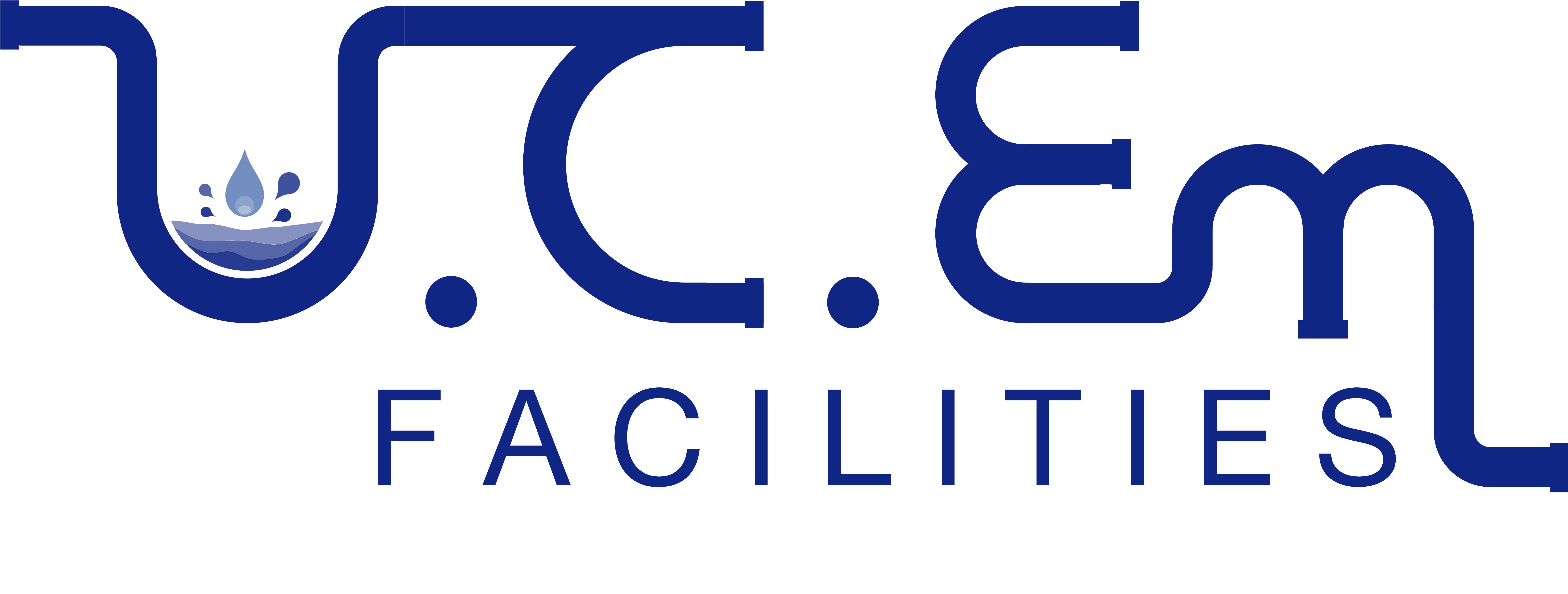With a growing global population comes a corresponding increase in waste flushed down the toilet. Moreover, as the world’s middle class expands, sewage and other forms of wastewater are becoming increasingly contaminated with modern consumer society’s harmful chemicals, toxic substances, and other waste products.
The safe and efficient removal of any wastewater or surface water from a property is ensured by its connection to a main sewer. You should hire a reliable firm if you need help and call sewer connection contractors.
Laws exist to prevent harm to the sewage system when connecting to an existing system, emphasising the need for experts to handle the job.
Wastewater from buildings on many sites is disposed of using private systems. However, there are circumstances where the advantages of a sewer hook-up outweigh the costs. A sewer line, for instance, is much less likely to become clogged than a septic system, and it will only require frequent pumping to be functional. The water from connecting land drains to sewers may also aid in removing extra rainwater that might otherwise overflow from soakaway crates, which is an advantage if the compartments are not installed properly.
How do professional plumbers hook up the public sewer system?
Specialising in main sewer connection, contractors may choose one of several approaches, depending on factors such as the condition of the existing infrastructure and the nature of the proposed development.
You can put in a Y-piece or other oblique connection, but it has to be built of the same stuff as the rest of the sewage system. When making a new connection to an old pipe, experts may use a saddle, which conforms to the shape of the line.
Experts can make a new connection in a brick sewer by removing the old bricks or drilling into the structure.
- Creating a Lateral Connection to the Sewer
Connecting to a sewage system that isn’t immediately adjacent to your property may be necessary if your land is located near a roadway. In this case, the sewage system may need to run beneath the road or the neighbouring plot of land. You’ll need a ‘lateral’ sewer connection. An entry point will be built within your property line demarcation to facilitate this slim sewer line hook-up and demarcation chamber.
- Passing the Sewer Inspection
After the connection has been made, one will need to go through the process of obtaining a Certificate of Satisfactory Inspection. Employing the services of a well-respected drainage specialist is the only way to guarantee that approval will be granted on the very first try, considering that the Water Authority Inspector will be looking at the craftsmanship of the installation as one of the primary features of the building to evaluate.
Conclusion
Keep track of how often you inspect the system, whether once or twice a year. The quality of the soil, the invasion of trees and roots, and the overall condition of the sewage line must all be evaluated as part of the routine maintenance procedure. A properly installed sewer line in your property ensures a worry-free tenancy for you or your renters.

